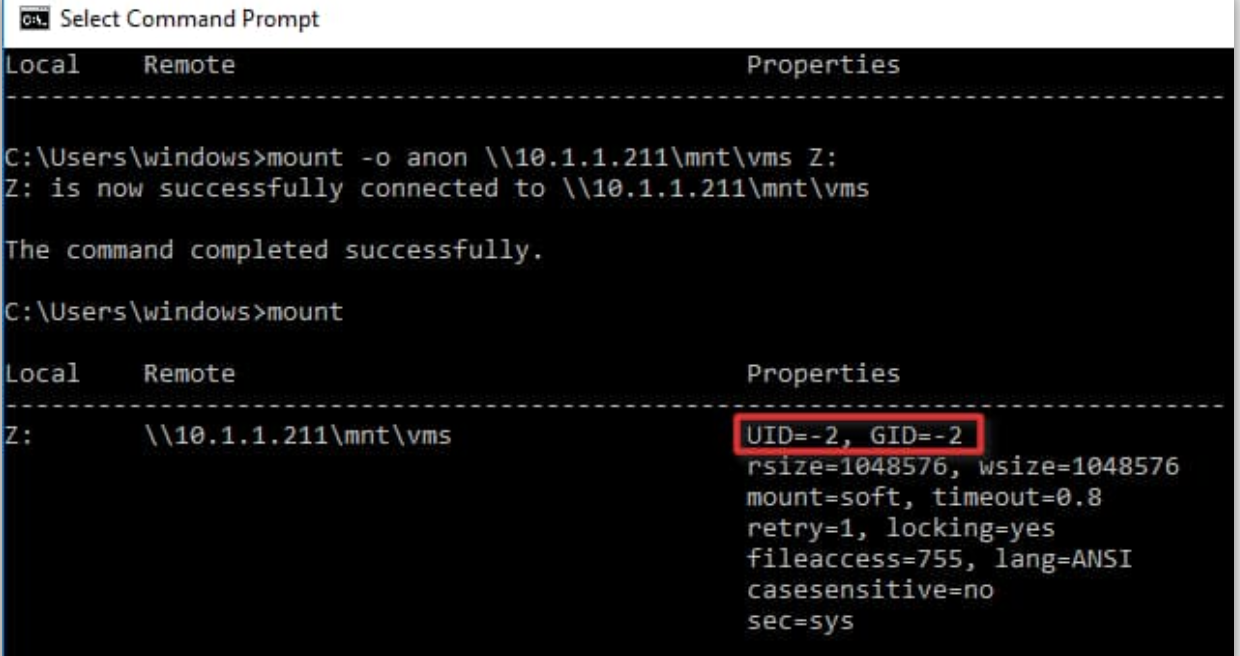


The error, ESTALE, is usually seen when cached directory information Theįile handle refers to a specific instance of a file and deleting theįile and then recreating it creates a new instance of the file. Recreated on the server without the client being aware of it. This error occurs even if a file or directory, with the same name, is Servers even change the file handle when a file is renamed, although The NFS server also returns this error when the file resides upon aįile system which is no longer exported. Sometimes even by another mounted file system from the same client. Happen when the file is removed on the server, either by anĪpplication on the server, some other client accessing the server, or Server, no longer refers to a valid file on the server. Where a file handle, which NFS uses to uniquely identify a file on the The error, ESTALE, was originally introduced to handle the situation a client has a file handle but the file got deleted on the server). A stale file handle easily happens with NFS (e.g. Note that mount yielding ESTALE is quite different from some other system call (like open/readdir/unlink/chdir. For example to do this with all exports: # exportfs -uaĪfter this the client's mount -t nfs. You can fix this via explicitly un-exporting and re-exporting the relevant exports on the server. If there is entry for the client it might be a stale one. You can check for this via looking at /proc/fs/nfs/exports or /proc/fs/nfsd/exports. When the server is back and the client then umounts and tries to mount the nfs volume the server might respond with: mount.nfs: Stale file handle A mount -t nfs fails with Stale file handle if the server has some stale exports entries for that client.Įxample scenario: this might happen when the server reboots without the client umounting the nfs volumes first.


 0 kommentar(er)
0 kommentar(er)
